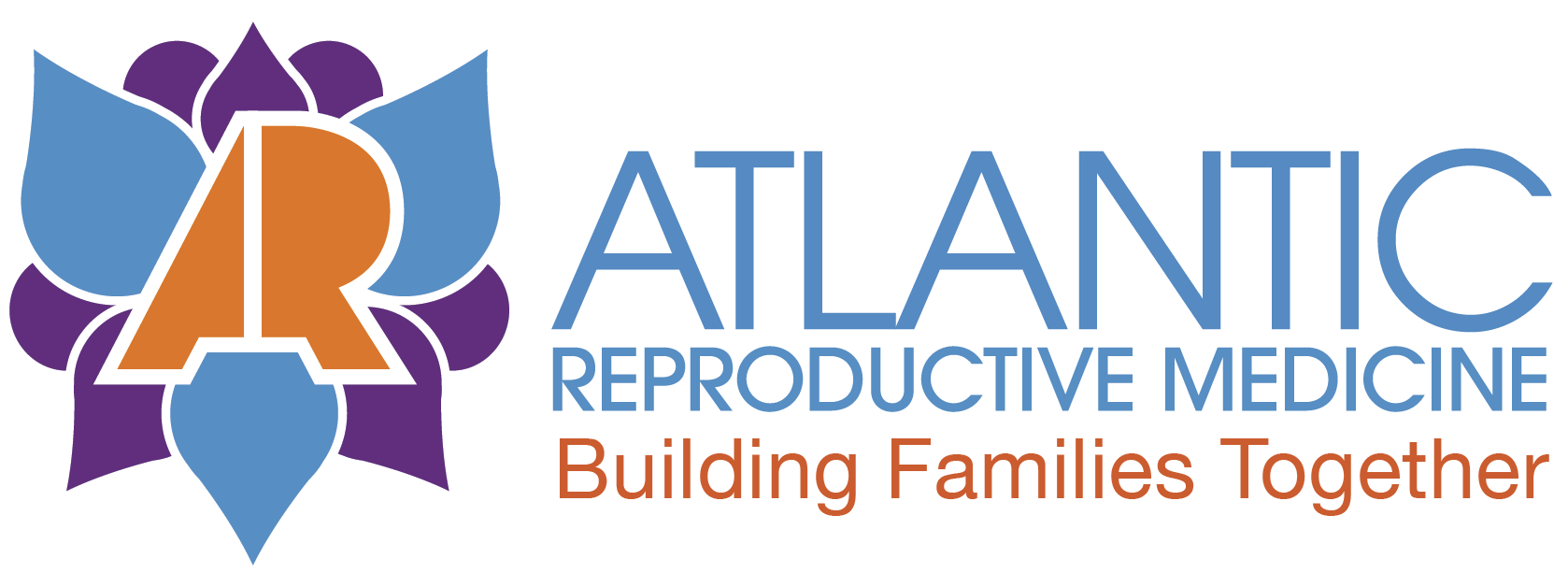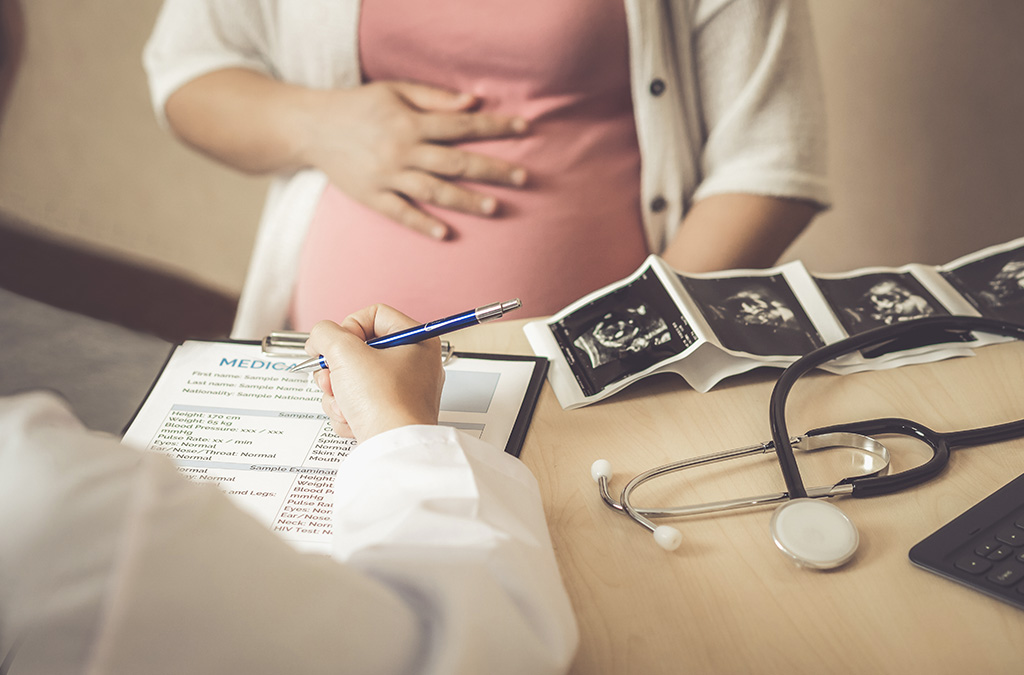When choosing a fertility treatment pathway, there are many factors to consider including the head, the heart, the body, and the pocket book. While each individual person has different feelings and level of comfort with each treatment, knowing the success of each treatment option can help you make informed decisions. Success of the different treatments varies by medications selected and by the age of the person undertaking the treatment.
Recent randomized trials have compared the different treatment options in women of different ages clarifying the fastest route to pregnancy. “Fastest” or “most cost efficient” is not the same as “best” for individual patients. Meeting with a reproductive endocrinologist to discuss what we know from these trials in the context of your medical evaluation, thoughts and feelings will help you to select the “best” treatment for you.
What Are the Main Options in Fertility Treatment?
The main options in fertility treatment are ovarian stimulation, insemination and in vitro fertilization:
- Ovarian stimulation involves taking pills and or injections to stimulate the ovary to release more than one egg.
- Insemination involves placing washed sperm in the uterus right before the egg is released.
- In vitro fertilization involves getting eggs and sperm together in the lab, incubating the resulting embryos for a few days prior to placing an embryo or embryos into the uterus.
Treatment for Women Aged 21-39
FASTT (the fast track and standard treatment) Trial was a collaboration among Massachusetts fertility clinics to compare time to pregnancy and cost between a conventional and accelerated approach.
The main question: Do treatment cycle with injectable fertility medication and insemination add value before moving to IVF?
Conventional treatment included three cycles of pills with insemination followed by three cycles of injections with insemination, followed by up to six cycles of in vitro fertilization. As IVF pregnancy rates improved over time with advances in ovarian stimulation protocols, lab technology, and embryo transfer techniques, the value of fertility injections with insemination before pursuing IVF had been questioned. By contrast, pregnancy chances after injections with insemination had not changed over time, and in many studies appeared similar to pregnancy rates after pills with inseminations. Therefore, the accelerated arm did not include the three cycles of injectable fertility medications with insemination. Instead patients in the accelerated treatment group proceeded directly to IVF if they were not pregnant following three cycles of pills with inseminations.
Costs associated with high order multiple birth (more than twins) were also factored into the study. One complication of injections with insemination is the inability to limit the risk of multiple birth as eggs meet sperm in the body resulting in increased risk of conceiving more than twins when the ovary responds to the injections with many eggs. By contrast, IVF rates of multiple birth can be limited by controlling the number of embryos put back into the uterus.
The results showed that pills with insemination and injections with insemination had similar per cycle pregnancy rates. Nearly a quarter of couples conceived in three cycles of pills with insemination. The time to pregnancy was faster and cost was lower in the accelerated treatment group that eliminated the three cycles of injections with insemination. Taken together, injectable medication did not add enough value to balance the increased cost of the injections, and three cycles of pills with insemination before going directly to IVF was more efficient.
Treatment Over 40
FORT-T, the Forty and Over Treatment Trial continued the collaboration among Massachusetts fertility clinics to compare treatment options in women 38-42.
The main question: What is the most effective treatment for older women?
Acknowledging the lower chance of pregnancy with increasing age (the average age of last live baby born is age 41), the study was designed to determine the most effective treatment pathway for women with unexplained infertility at the end of their reproductive window. While injectable fertility medication had not shown added value beyond pills for younger women in the FASTT Trial, it was possible that it may have a role in the treatment of older women. Therefore, the study compared two cycles of pills with insemination before IVF, two cycles of injectable medications with insemination before IVF, or immediate IVF. Treatment continued up to a maximum of six IVF cycles.
Once again, pills with insemination and injections with insemination had similar pregnancy rates; however, the live birth per insemination cycle was only 5 %. Ovarian stimulation with insemination accounted for only 15% of the births in the trial, while the other 85% came from IVF. The authors concluded that for older couples with unexplained infertility, immediate IVF is the most successful treatment. That said, if a couple is interested in attempting insemination, the recommendation was to use the more cost conservative, less invasive pills instead of the more costly injections.
What if Ovarian Reserve is Low?
Further analysis of the data from both FASTT and FORT-T examined pregnancy chances per treatment in the subgroup of women at higher risk for poor response to medication based upon blood tests for ovarian reserve compared to those women with reassuring ovarian reserve test results.
Though numbers were small (19 couples, 58 treatment cycles), no live births came from ovarian stimulation with insemination in women with low ovarian reserve testing, while one third of these couples achieved birth with IVF.
Taken Together
Choosing a treatment pathway involves many considerations, including the head, the heart, the body, and the pocket book. Randomized clinical trials like FASTT and FORT-T help guide treatment by investigating the most cost effective routes to the ultimate goal of a baby. While individual patients may have different needs in treatment, these randomized clinical trials support an approach to unexplained infertility that includes up to three cycles of ovarian stimulation with pills coupled with insemination followed by consideration of in vitro fertilization in younger women and faster consideration of IVF in older women and women with lower ovarian reserve testing. Since the use of injectable medications did not outperform pills when combined with insemination in either age group, use of injections is many times best reserved for use with IVF.


